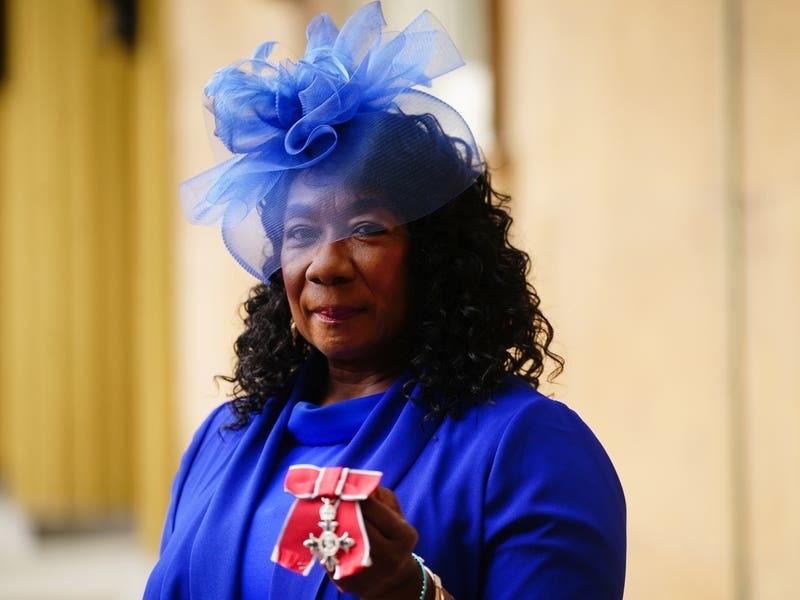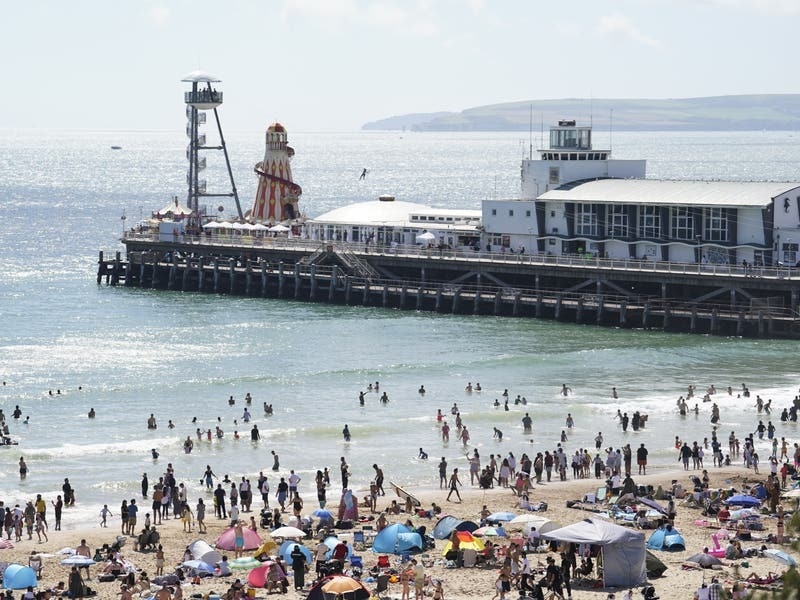Danger averted, I was able to slowly lower my foot and observe what my sharp-eyed friend had spotted and I had nearly stood on. I was about to use the word flattened; however, the object of our attention was already that shape, as it was a topknot – which belongs to the flat fish family, though the challenge now was to identify it.
Having caught and examined it, at 21 centimetres in length it was clearly a juvenile and so hardly a giant yet, though the patterns on its upper side were a kaleidoscope of colours that made it almost invisible against the gravel bed it was on. Unable to decide what species it was, it was carefully returned to its pool to await the return of the tide and we continued on our way.
On a low spring tide the exposed reef out on the end of La Coupe point, where we were heading, is a perfect place to explore with its maze of boulders and rock pools. Providing you have a good pair of wellies, then the kelp and eel grass beds on the edge of its sub-tidal zone are worth splashing around in as well.
Small young lobsters were very much in evidence, as it seemed that every boulder we looked under had one, and once disturbed they cruised around our legs, moving from one hidey hole to another as we moved along the gully.
A spotted cat shark, otherwise known as a dogfish, had managed to strand itself on the receding tide and so was returned to the sea. This species often behaves like this and given that it is a member of the shark family, which usually needs to have water flowing through its gills at all times, it never ceases to surprise me that they survive for hours out of water in this beached condition.
While it is always enjoyable to find the larger marine species, for me it is the smaller more challenging ones we find that I get the most satisfaction from. Turn a rock pool stone over and the marine equivalent of a rainforest can be revealed, with seaweeds, sponges, sea squirts, crabs, anemones – the list goes on. Plants that look like animals and animals that look like plants – all very confusing and great fun to identify.
Most of us will know what a chancre or spiny spider crab looks like. However, how many can put their hands up and say they know their smaller counterparts? Equally numerous as their larger cousins and found in habitats such as that at La Coupe are broad-clawed porcelain crabs, Montagu’s crabs, hairy crabs, long-legged spider crabs and velvet lady crabs, though curiously we did not find the normally very common green crab on the day.
Recent storms had exposed bedrock in many places that revealed that although the surface reef is made up of a rock called conglomerate (that looks a bit like old concrete), here it is underscored by another type known as rhyolite, worn glass smooth by scouring sands.
Towards the end of our trip we did find another couple of gems in the form of a sea lemon, which is a type of sea slug, and the green, alien-looking egg masses from segmented worms floating amongst the weeds like small balloons. It may surprise readers to learn that the seaweed gardens around our coast are coming into bloom and that they are now as bright in colour as they will ever be. With the turn of the year, increasing light and a steady constant temperature of 9 to 10° C they steal a march on terrestrial plants that have to contend with cooler conditions at this time.
All in all it had been an afternoon well spent, even if we did find it a little on the cool side.
For a number of years I have made note of sea temperatures when fishing and surveying, and viewed with interest and some concern its steady rise. In the early 1980s January seas were rarely above 7 to 8°C, today with an increase of nearly 2°C it may give a welcome lift to a winter swim; however, if it comes at the expense of an increase in sea levels, extreme weather events and alien marine invaders, then it is a steep price to pay.
Back home I was keen to find out the identity of the topknot and so consulted the ever-expanding marine species library that we keep. Having identified it I checked with my friendly Bio Diversity Center adviser and discovered that it has only ever been recorded once before in Channel Island waters, off Guernsey back in 2003.
The name of the wee beasty is Eckstrom’s topknot (Zeugopterus regius), and I noted with some humour that apart from being a rare fish in our waters it is supposedly confined to the offshore on west coasts and over rocky bottoms.
Well, it got the rocky bottom bit right.






